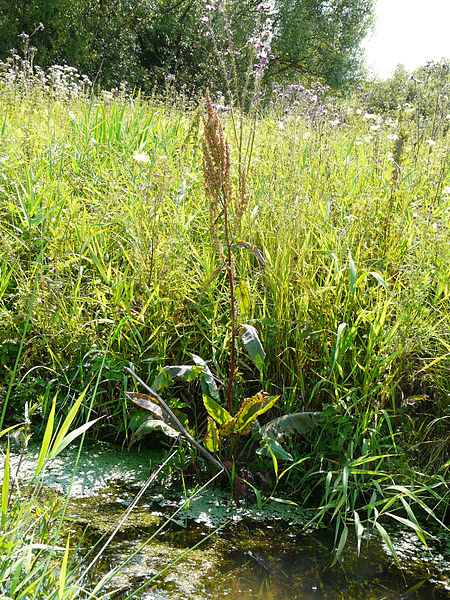[1]
Potter's New Cyclopaedia of Botanical Drugs and Preparations
R.C. Wren Revised by Elizabeth M. Williamson and Fred J Evans. First published
in Great Britain in 1988 and reprinted in 1989 and 1994 by the C. W. Daniel Company
Limited. 1 Church Path, Saffron Walden Essex. Published 1988 Printed and bound
by Biddles, Guildford ISBN 085207 1973.
Images
1.
commons.wikimedia.org
by
Bernd Sauerwein
by Creative Commons Attribution-Share Alike 3.0 Unported
 Rumex aquaticus. Water
dock Family: Polygonaceae
Rumex aquaticus. Water
dock Family: Polygonaceae